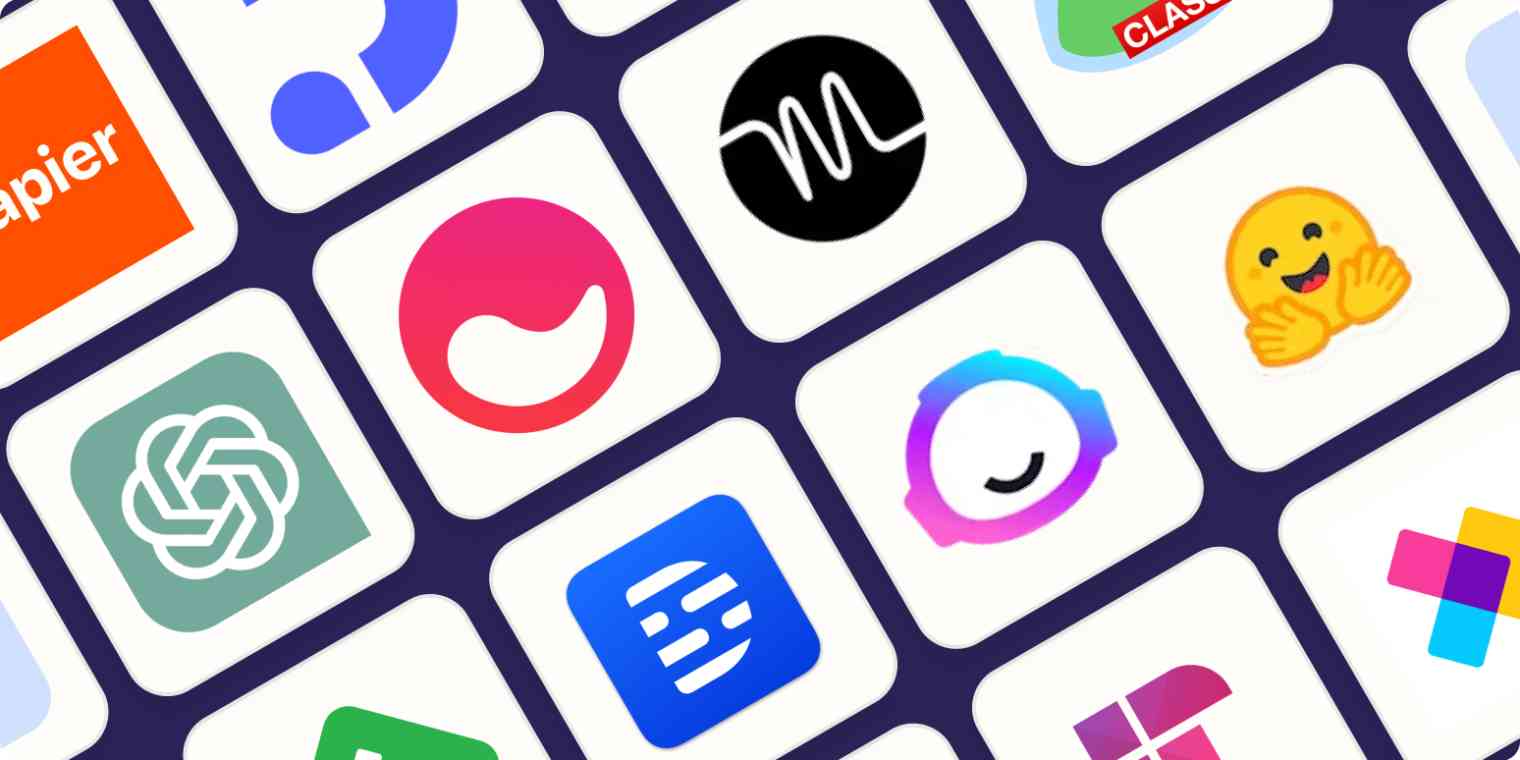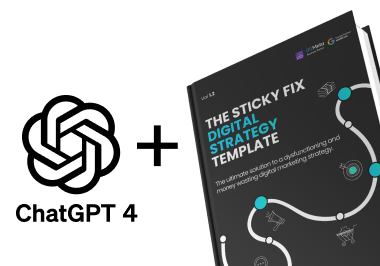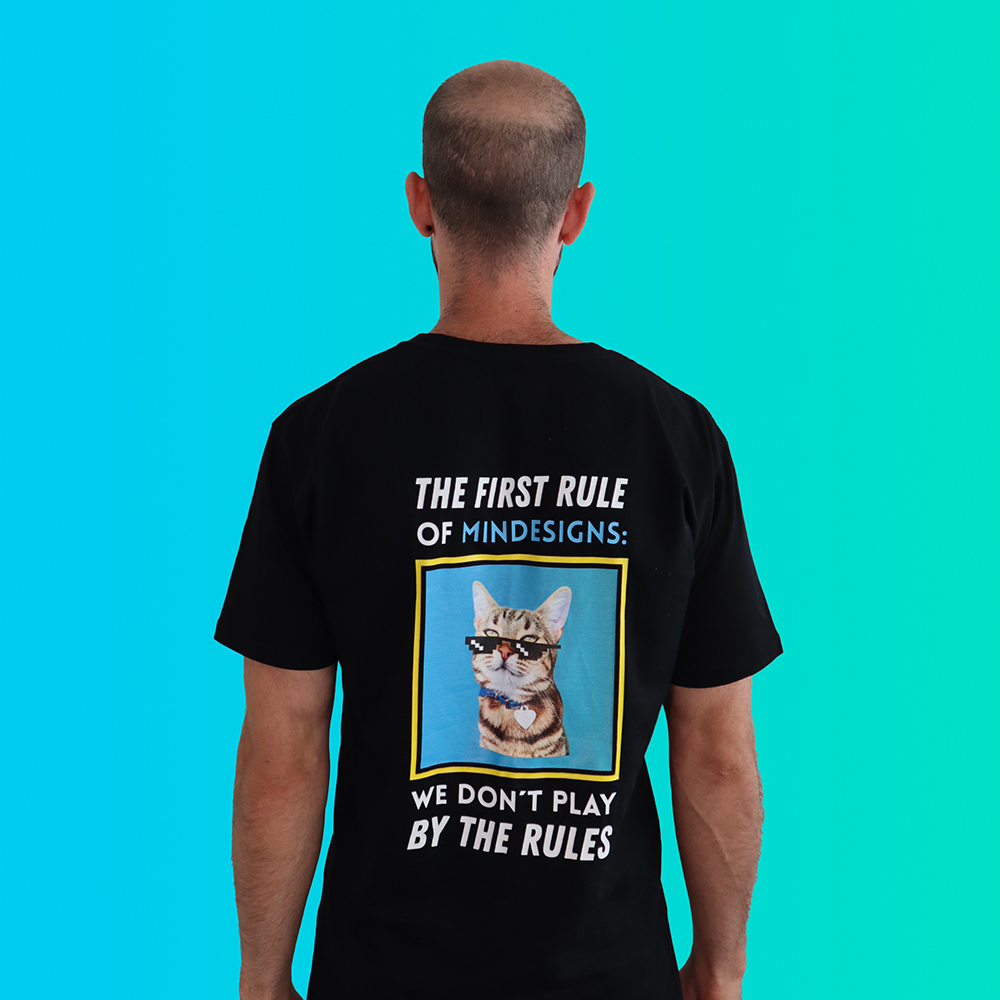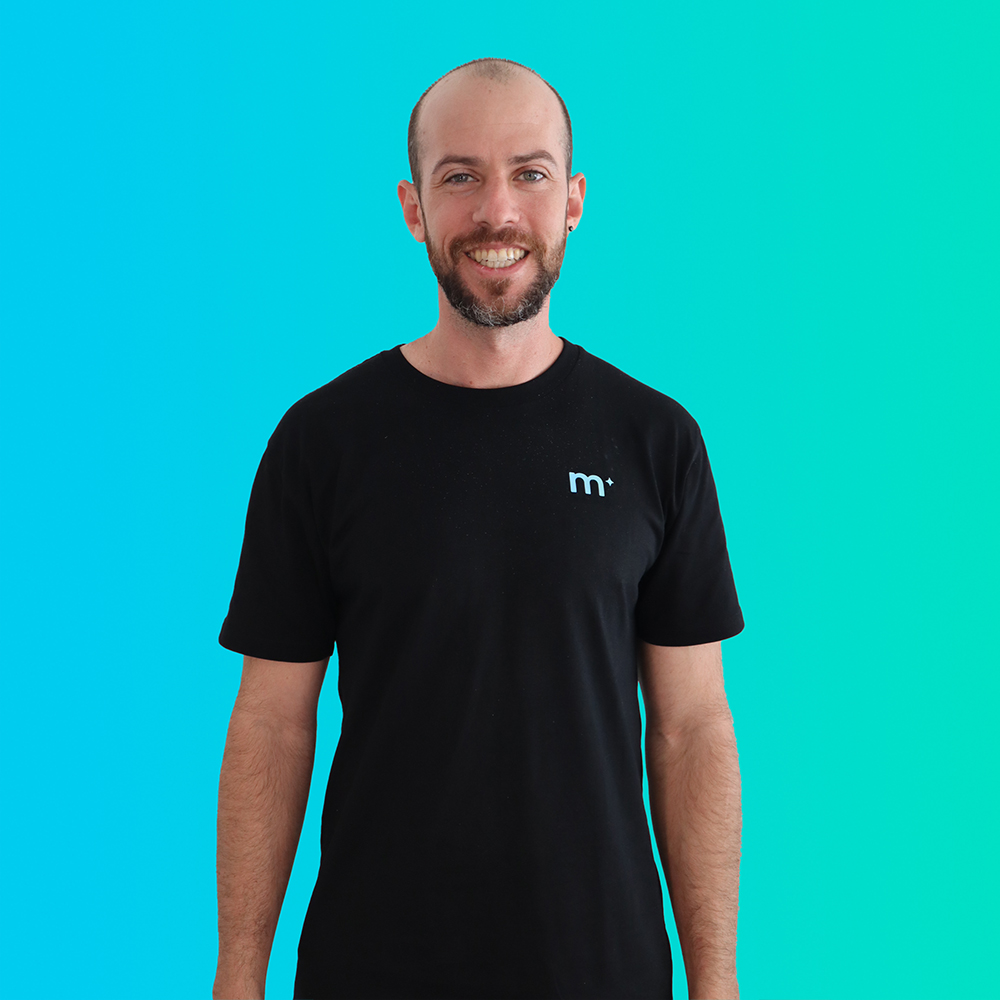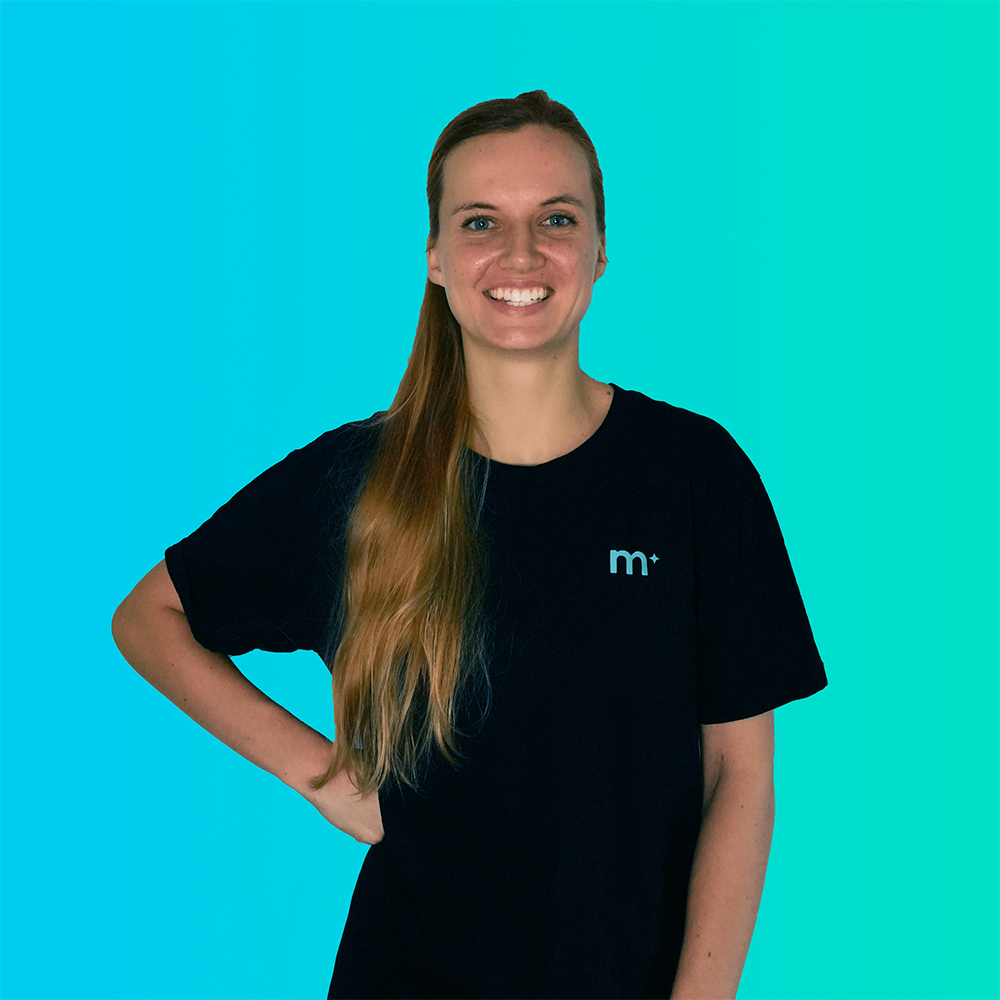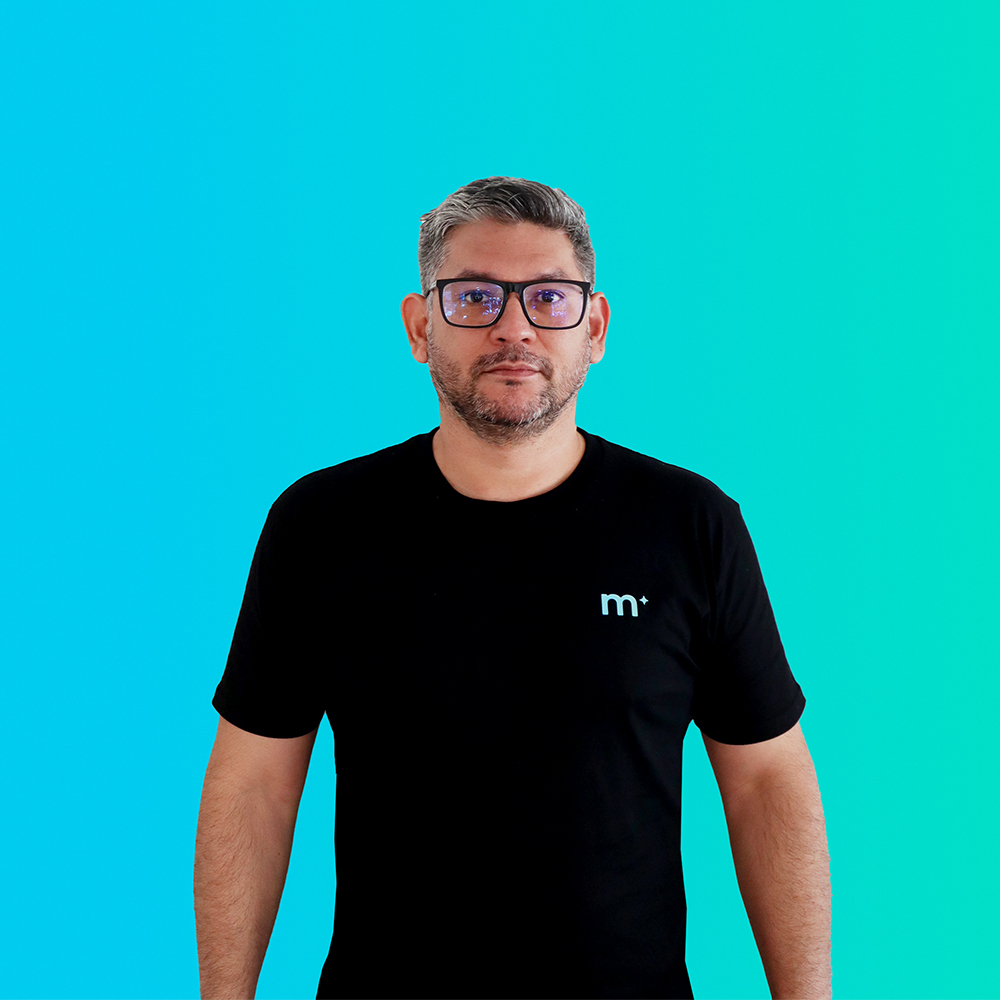1. DALL·E: Crafting a Visuals with AI Magic
At the forefront of image creation stands DALL·E, an AI image generator developed by OpenAI. What sets DALL·E apart is its ability to generate highly customisable, brand-specific images. Named after the surrealist artist Salvador Dalí and Pixar’s WALL·E, this groundbreaking model creates images based on textual descriptions, offering a novel way for marketers to visualise and communicate their brand narrative.
In the realm of digital marketing, this tool becomes a visionary ally, helping brands stand out by translating abstract ideas into captivating visuals that resonate with their audience.
2. Adobe Photoshop: AI Empowering Image Editing
While not exclusively an AI tool, Adobe Photoshop has integrated advanced AI capabilities for image editing and manipulation. Photoshop’s neural filters leverage artificial intelligence to simplify complex editing tasks, making it accessible even to those without extensive design expertise.
An interesting fact about Adobe Photoshop’s AI integration is its ‘Super Zoom’ feature, capable of enhancing images by extrapolating details that were once thought lost. For digital marketers, this means the ability to refine product images, create eye-catching visuals, and maintain a consistent brand aesthetic across various platforms.
3. Descript: Video Editing with AI Transcripts
Descript is a video editing tool that places a unique emphasis on transcript editing, making the video editing process more accessible and efficient. What sets Descript apart is its AI-powered transcription service, allowing users to edit videos by manipulating the text rather than traditional timecodes. Another exciting feature of Descript is its ability to generate a script based on an existing video seamlessly.
For digital marketers, this translates to easier video content creation, faster editing workflows, and the potential to repurpose video content into other marketing materials, such as blog posts or social media snippets.
4. ChatGPT: AI for Content Generation
For research and writing, ChatGPT, developed by OpenAI, emerges as a conversational AI chatbot that excels in content generation, brainstorming, and market research. With its ability to understand context and provide coherent responses, ChatGPT becomes an invaluable tool for marketers seeking inspiration or looking to understand market trends through natural language interaction. An interesting facet of ChatGPT is its versatility.
It can be a creative partner for brainstorming sessions, a market research assistant for understanding consumer sentiments, or a content generation tool for drafting engaging marketing copy. The seamless integration of AI into the creative process empowers marketers to enhance their strategies with data-driven insights.
5. Zapier’s AI Chatbot Builder: Chatbots for Business
Zapier’s AI Chatbot Builder stands out in the realm of research and writing by enabling users to create custom chatbots for various business purposes. With its user-friendly interface, businesses can build intelligent chatbots that engage customers, answer queries, and gather valuable information. An exciting fact about Zapier’s AI Chatbot Builder is its extensive integration capabilities.
Users can connect their chatbots with various apps and platforms, streamlining workflows and ensuring a seamless customer experience. This tool becomes a force multiplier for businesses, automating interactions and freeing up resources for more strategic initiatives.
6. Jasper: Writing with AI-Driven Insights
Jasper, an AI writing generator with knowledge base integration, takes the stage in content creation. It goes beyond simple text generation, incorporating a knowledge base to produce content that aligns with the brand’s authenticity and expertise. Jasper’s standout feature lies in its ability to learn from existing content and mimic a brand’s writing style.
This ensures that the generated content not only meets the brand’s standards but also reflects a deep understanding of its unique voice. For marketers, Jasper becomes a reliable companion, streamlining the writing process and ensuring a consistent brand message across various channels.
7. Clearscope: Content Optimisation with AI
Content optimisation takes center stage with Clearscope, a tool designed to improve content quality and SEO rankings. Clearscope leverages AI to analyse content and provide insights into keywords, topics, and competitors, allowing marketers to create content that resonates with their target audience. An intriguing aspect of Clearscope is its ability to predict content performance by assessing the competitive landscape.
By understanding what works for competitors, marketers can refine their content strategy and capture audience attention. Clearscope becomes an indispensable asset for digital marketers aiming to boost their content visibility and impact.
8. Grammarly: AI Grammar Magic
Grammarly, an AI grammar checker and rewording tool, takes the spotlight in the editing realm. What sets Grammarly apart is its brand style guide configuration, ensuring that content aligns with the established tone and voice. An exciting fact about Grammarly is its evolving AI capabilities.
Beyond grammar checking, it now assists in content generation, providing suggestions to enhance clarity, conciseness, and overall impact. For marketers, Grammarly becomes a trustworthy partner in crafting polished and error-free content that resonates with their audience.
9. FeedHive: Social Media Enhanced by AI
Social media management gets a boost with FeedHive, a tool that harnesses AI for content recycling and conditional posting. FeedHive’s AI-powered algorithms analyse audience engagement patterns to determine the optimal times for posting, maximising content visibility and impact.
An interesting feature of FeedHive is its adaptive content recycling, where AI identifies evergreen content and strategically reintroduces it to the audience. This ensures that valuable content continues to reach and resonate with the target audience over time. For social media managers, FeedHive becomes a strategic ally in optimising content distribution and maximising the impact of each post.
10. Canva: AI-Generated Graphics
Canva, a popular graphic design tool, enters the stage with its AI-generated design templates and drag-and-drop editing capabilities. Canva’s AI integration simplifies the graphic design process, enabling even those without a design background to create visually appealing social media graphics. An exciting facet of Canva is its Pro version, which unlocks additional AI-powered features such as the Magic Resize tool.
This tool automatically adjusts designs to fit various social media platforms, saving time and effort for marketers who need to maintain a consistent brand presence across multiple channels.
In conclusion, the integration of AI tools into the digital marketing toolkit opens up a world of possibilities for businesses seeking to enhance creativity, efficiency, and overall impact. From visually stunning images to engaging content creation and strategic social media management, these AI tools empower marketers to stay ahead in the dynamic and competitive landscape of digital marketing. Embracing these innovations not only streamlines workflows but also unlocks new dimensions of creativity and strategic decision-making for businesses aiming to leave a lasting impression on their audience.
